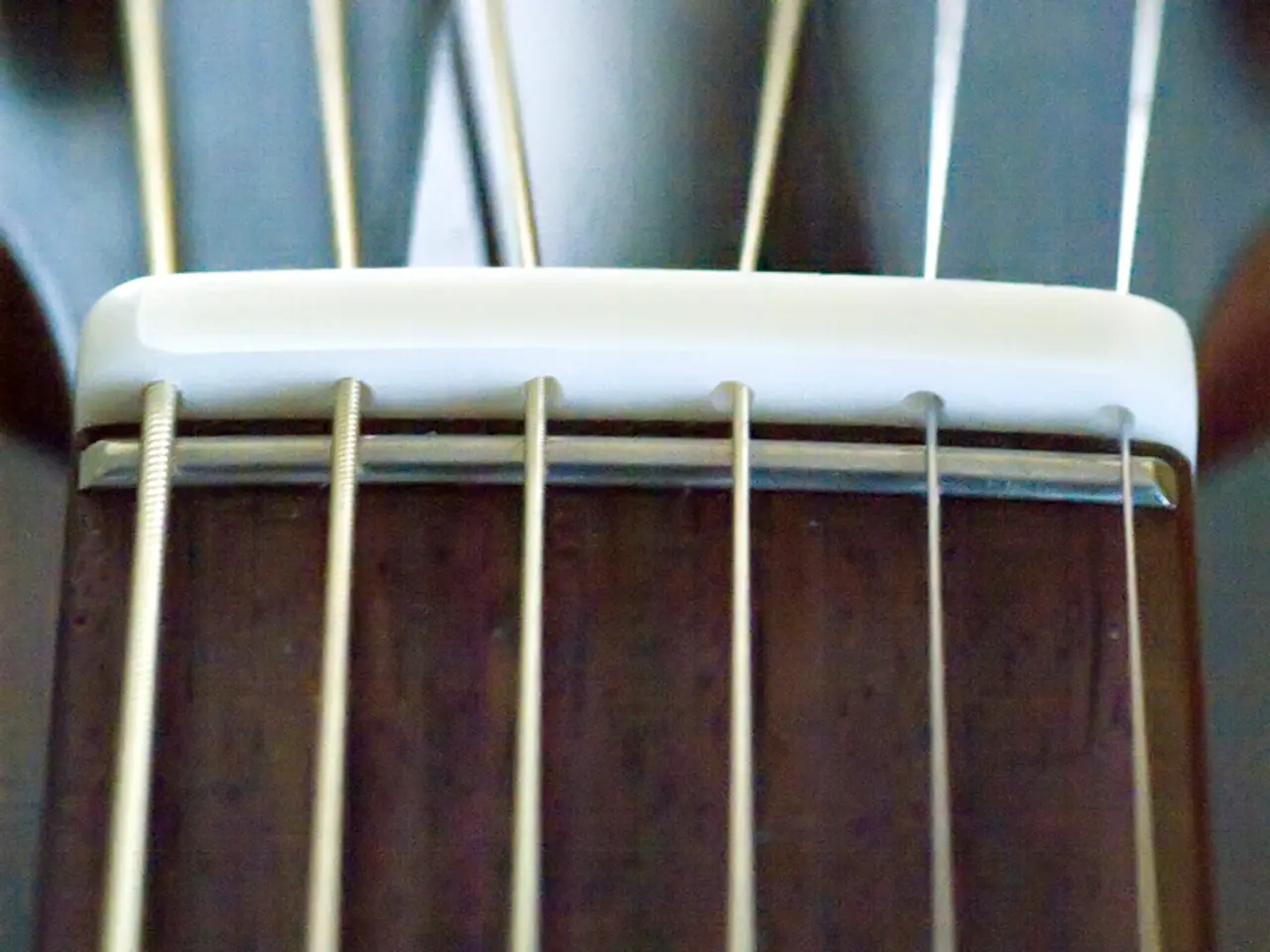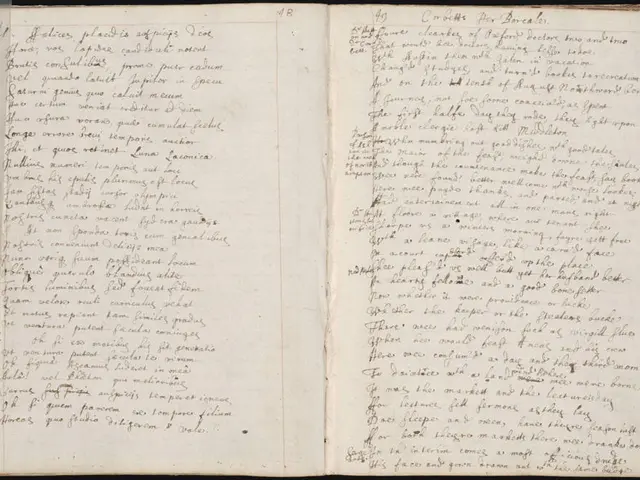"Nile Rodgers' advice led Cory Wong to a distinct, less 'chunky' approach to chord strumming": Wong reveals his key learning from Rodgers' methods
Mastering the "Steady Motor" Method for Rhythm Guitar: Lessons from Nile Rodgers
In the world of rhythm guitar, the "steady motor" method is a game-changer, particularly in crafting the iconic funky sound associated with artists like Nile Rodgers. This technique involves maintaining a continuous down-up pendulum motion of the strumming hand, even when not every stroke hits the strings.
At its core, the "steady motor" approach means strumming consistently in a steady rhythm, such as 16th notes, like a motor running without breaks. Instead of stopping or pausing to create rests, the strings are selectively muted with the fretting hand. This keeps the hand in perpetual motion, serving as a rhythmic engine that maintains groove and timing even when some strums are muted or silent.
Nile Rodgers, renowned for hits like Good Times and Le Freak, uses this technique to interweave muted string "chicken scratch" accents with chord strums, producing a tight and infectious groove. The constant hand motion lets the rhythm flow seamlessly while emphasizing rhythmic syncopation and groove rather than chord ringing alone.
Cory Wong, a guitarist influenced by Nile Rodgers, explains this concept by strumming constant 16th notes in a down-up pattern while dampening the strings with the fretting hand. Occasionally, certain notes ring by lifting the mute while maintaining the hand’s motion. On other beats, striking muted strings for percussive accents creates a funk rhythm feel.
This method differs from traditional strumming where the hand might stop or lift sharply between strums. It emphasizes timing, groove, and subtle dynamics over the loudness or fullness of every note.
Here's a breakdown of the key aspects of the "steady motor" method:
- Steady Motor Motion: Continuous down-up strumming movement at a 16th-note feel, keeping the hand moving steady, never stopping.
- Muting/Damping: Using the fret hand to mute or partially mute strings between hits, creating muted "scratch" notes that act as percussive accents.
- Dynamic Accents: Accenting certain strums while others are softer or muted, creating syncopated, groovy rhythms that emphasize off-beats.
- Groove & Timing: The right hand is the "keeper of time," maintaining rhythm, creating the tight, infectious funk groove that drives Nile Rodgers’ music.
This technique is widely applied beyond funk to other rhythmic styles that emphasize groove and timekeeping. However, it is especially characteristic of Nile Rodgers' iconic rhythm guitar style.
For example, in the chord progression for the author's tune Cosmic Sans, a steady motor motion is demonstrated in Figure 5. In Figure 4, the strumming pattern combines notes, muted-string accents, and silence to create syncopated rhythms. Instead of strumming a full barre-chord voicing for each chord, the author follows Nile's advice to sound only parts of the chord at certain times, moving the right hand from the lower to the higher strings.
In Figure 2, the author applies this strumming technique to a chord progression, with variations in rhythm. The right hand moves down-up-down-up in 16th notes, which can be counted as "1-ee-and-uh, 2-ee-and-uh, 3-ee-and-uh, 4-ee-and-uh."
In summary, the "steady motor" method offers a fresh perspective on strumming, focusing on timing, groove, and dynamics over the loudness or fullness of every note. By adopting this technique, guitarists can create a more expressive and engaging rhythmic foundation for their music.
Read also:
- Critique on Gender Issues: Deniz Yücel draws a parallel between Minister of Culture and former East Germany's chief ideologist Kurt Hager
- "Primal instincts at play: Subnautica 2 designer notes our affinity for weapon-making stems from a fundamental desire for protection and sustenance"
- Dragon Age series might find a promising future with remasters, according to ex-BioWare producer Mark Darrah, but it seems unlikely that EA and BioWare possess the capability for such undertakings at present.
- Chinese Ambassador issues stern message to India regarding Trump's tariffs in midst of escalating trade feuds








